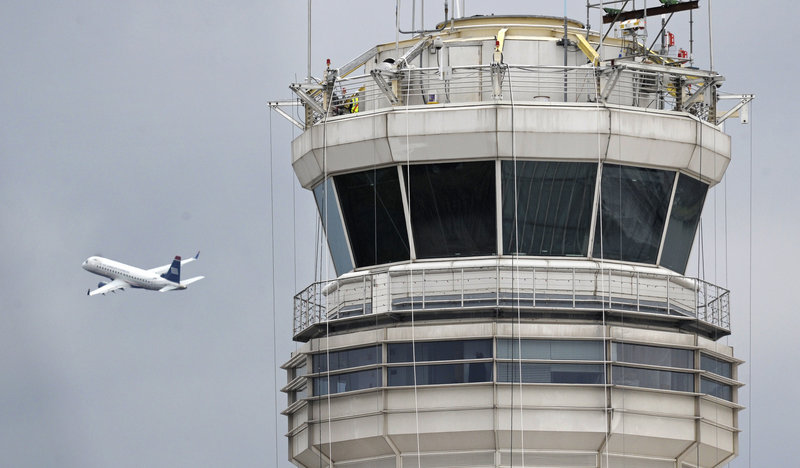Let’s say there’s a serious health problem affecting a major public service. At its worst, it could result in the deaths of hundreds of innocent people, along with millions of dollars in property damage.
Then let’s say that, in the view of most experts who study this condition, there are a number of partial remedies — but there is one specific treatment that would be by far the most effective way of combating it.
But with hundreds of lives and millions of dollars’ worth of property at stake, the service provider says it will adopt the less-effective remedies — but will not consider adopting the best treatment under any circumstances whatsoever.
That, unfortunately, is exactly what the Federal Aviation Administration has done to its air traffic controllers, who have a well-documented risk of falling asleep during overnight duty.
It’s not endemic to controllers — any workers up past midnight in jobs without much stimulation are at risk of drowsiness, no matter how much rest they got beforehand.
There is a remedy, which long-haul truckers and soldiers sharing guard duty have long known: catnaps. As little as a half-hour’s sleep can forestall drowsiness for hours.
But the FAA has a strict rule against napping on the job, even during breaks, and will only let tired controllers take a day off as vacation or sick time, or turn a radio on.
So, for the sake of its unreasoned view that the image of controllers sleeping at any time is “bad,” the FAA is putting people’s lives at risk.
It’s time for Transportation Secretary Ray LaHood to let the controllers catnap. We’ll all be safer for it.
Send questions/comments to the editors.



Success. Please wait for the page to reload. If the page does not reload within 5 seconds, please refresh the page.
Enter your email and password to access comments.
Hi, to comment on stories you must . This profile is in addition to your subscription and website login.
Already have a commenting profile? .
Invalid username/password.
Please check your email to confirm and complete your registration.
Only subscribers are eligible to post comments. Please subscribe or login first for digital access. Here’s why.
Use the form below to reset your password. When you've submitted your account email, we will send an email with a reset code.